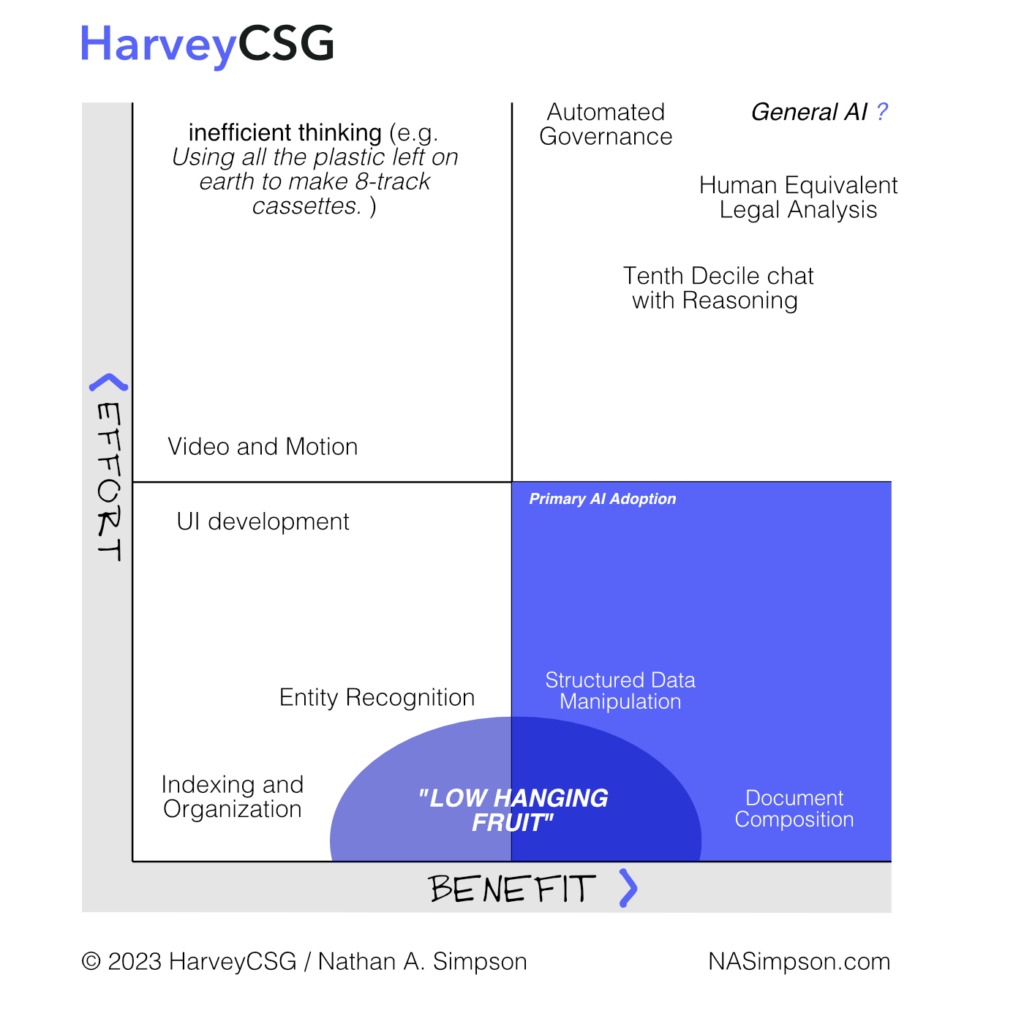In the realm of artificial intelligence, the development of OpenAI’s GPT-4 has been a significant breakthrough. Large language models like GPT-4 have the power to transform industries, reshape workflows, and redefine our interaction with technology. Initially released as a chat tool, this generative model has rapidly evolved into a powerful AI that developers are now integrating into various software tools, thus opening up exciting new avenues for innovation.
How Large Language Models Work
Large language models like GPT-4 use a blend of data scraping and human training. The model is fed with vast amounts of text data which it utilizes to generate relevant responses, mimicking the way humans converse, write, and think. It employs advanced machine learning, which interprets the context and relationship of words in a sentence to predict the following word.
The exact intricacies of these models remain unknown. While model developers provide general training data, the specific documents the model has been trained on remain unknown, maintaining the privacy of data sources.
Where We Are
Today, GPT-4 has seen limited adoption in an enterprise setting, but hobbyists and small development teams are building complex solutions around OpenAIs GPT-4 API. It is extensively used for tasks like editing written content, natural language response generation, and document analysis. More advanced users have harnessed its capabilities to automate routine tasks by building workflows with existing SaaS tools like Google Sheets and Microsoft Sharepoint. The model’s flexibility and ease of integration have facilitated its initial adoption.

“Low-Hanging Fruit”
Certain areas present a perfect fit for GPT-4, where its deployment encounters minimal onboarding friction and ensures a short time to value. These areas are opportunities for high-profit margins and will be tapped into by consulting firms, who utilize their deep client trust to introduce AI solutions that would otherwise face slow adoption. This “procurement in the gaps” strategy will fuel integrating large language models like GPT-4 in various business-to-corporate and business-to-government environments.
Large Language Models (LLMs) like GPT-4 can be implemented quickly in several ways to enhance productivity and streamline processes in both corporate and government settings. Here are a few examples:
1. Automated Report Generation: Corporate and governmental entities often need to generate regular reports. An LLM can be trained to automatically create these documents from structured data, reducing the time and effort spent on this task and freeing up human resources for more complex duties.
2. Email Screening and Response: AI can be used to filter and sort incoming emails based on their importance, sender, and content, ensuring that high-priority messages are dealt with promptly. Moreover, LLMs can be trained to draft responses for common queries, further enhancing efficiency.
3. Customer Service Chatbots: AI-driven chatbots can provide instant responses to customer inquiries, significantly reducing wait times and improving customer satisfaction. These can be deployed on various platforms, including websites and social media.
4. Document Review and Summary: LLMs can be trained to review, extract key points from, and summarize lengthy documents, reports, or legal contracts. This can be particularly helpful in the government sector, where dealing with extensive paperwork is commonplace.
5. Meeting Scheduling and Management: AI can be used to schedule meetings, send reminders, and draft meeting minutes based on transcribed audio, streamlining administrative tasks.
7. HR Processes: Routine HR tasks like screening resumes, scheduling interviews, and answering common candidate queries can be automated using LLMs, speeding up the hiring process and freeing up HR personnel for more strategic roles.
8. Social Media Management: Corporations and government entities often maintain multiple social media accounts. AI can be used to manage and schedule posts, respond to comments, and analyze user engagement and sentiment.
9. Public Opinion Analysis: Government agencies can use AI to monitor and analyze public sentiment on social platforms regarding various policies and initiatives, enabling them to make more informed decisions.
These tasks represent the “low-hanging fruit” that can be quickly addressed by AI, offering an immediate return on investment. The real value of LLMs like GPT-4, however, will be realized as they are progressively integrated into more complex workflows, transforming processes and delivering unprecedented efficiency.
Why the Gap?
Despite the advancements, there is a gap in the seamless integration of these models. Training specific models for niche applications is expensive, and there isn’t an efficient way to teach these models company-specific information. However, it’s anticipated that these hurdles will be overcome in the near term, further broadening the possibilities for AI deployment.
How will government and corporate bureaucracies actually implement AI?
AI integration into the corporate and government sectors will be spearheaded by existing software giants like Microsoft, Salesforce, IBM, and Adobe — along with the Usual Suspects of consulting firms and implementation partners. These players are positioned to augment their existing commercial-off-the-shelf tools with AI, making them more competent and efficient.
While existing enterprise software providers will likely be the face of AI implementation, the indie development community will drive the creation of tools that integrate GPT-4 into solutions for hyper-niche business cases, tailoring the capabilities of LLMs and AI in general to meet specific needs.
The journey of GPT-4 from a chat tool to a robust language model integrated into various applications signals the promising future of AI. As the gaps in implementation are addressed and more players leverage AI capabilities, the landscape of technology, business, and government operations are set to undergo an incredible transformation.
